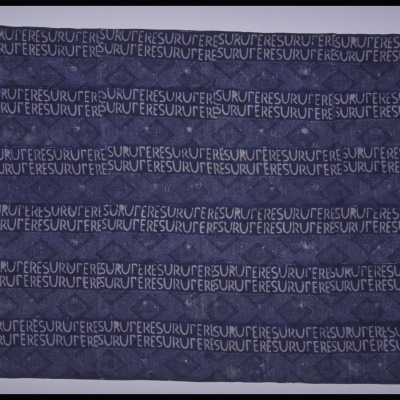
Africa Encounters: Prompts for Extended Thinking
Use these prompts after your Evans Distance Learning session or museum visit to activate creative, critical, and reflective thinking.
Reflective Thinking
Thinking about our experience with art can help connect us to people and ideas across time and place.
Use these prompts to reflect on your Evans Distance Learning session.
- Having spent time with African Art at VMFA, what more do you know about the continent of Africa? How do you imagine the lives of the artists and the people for whom they created these objects were similar to or different from your own?
- What did the art NOT answer for you? What are you curious about now that you have seen art from Africa during the late 19th and early 20th centuries? Name three things that you wish you knew more about and why. Visit your school library to research the answers to your questions.
- Compare the art in your life (home, school, place of worship) to the African art you explored. Consider materials used, presentation, audience, intended use, value, etc.






